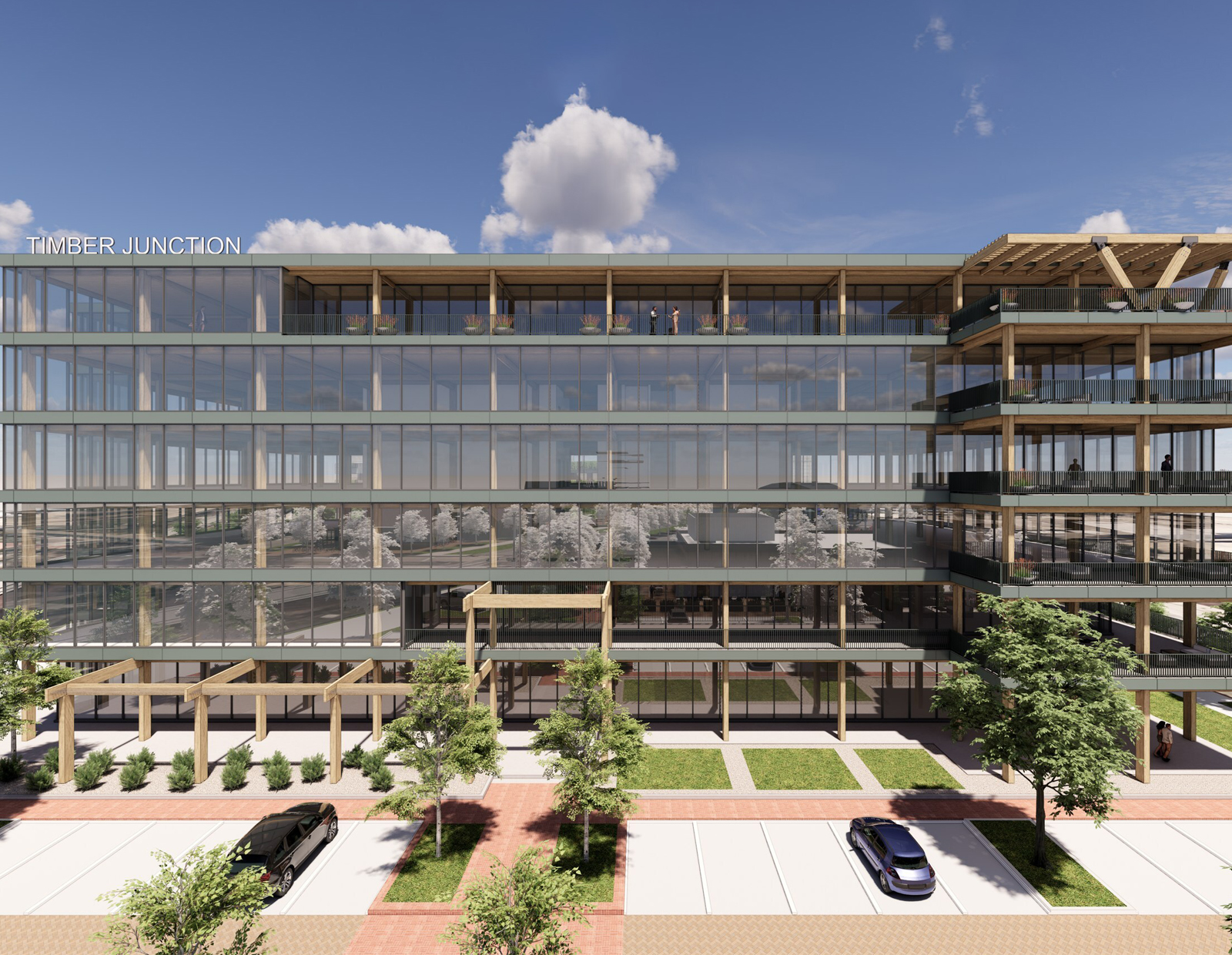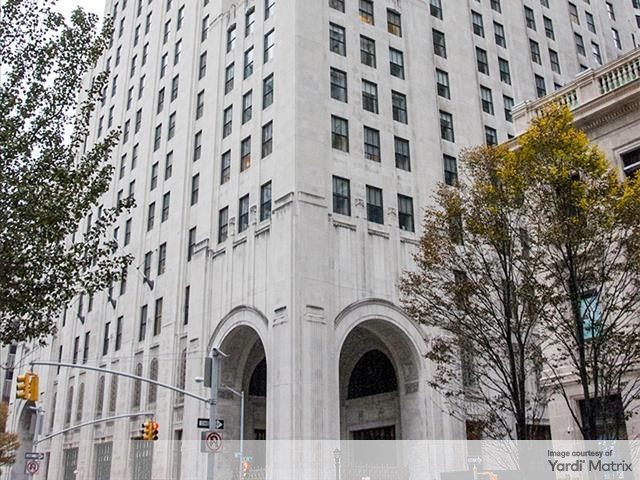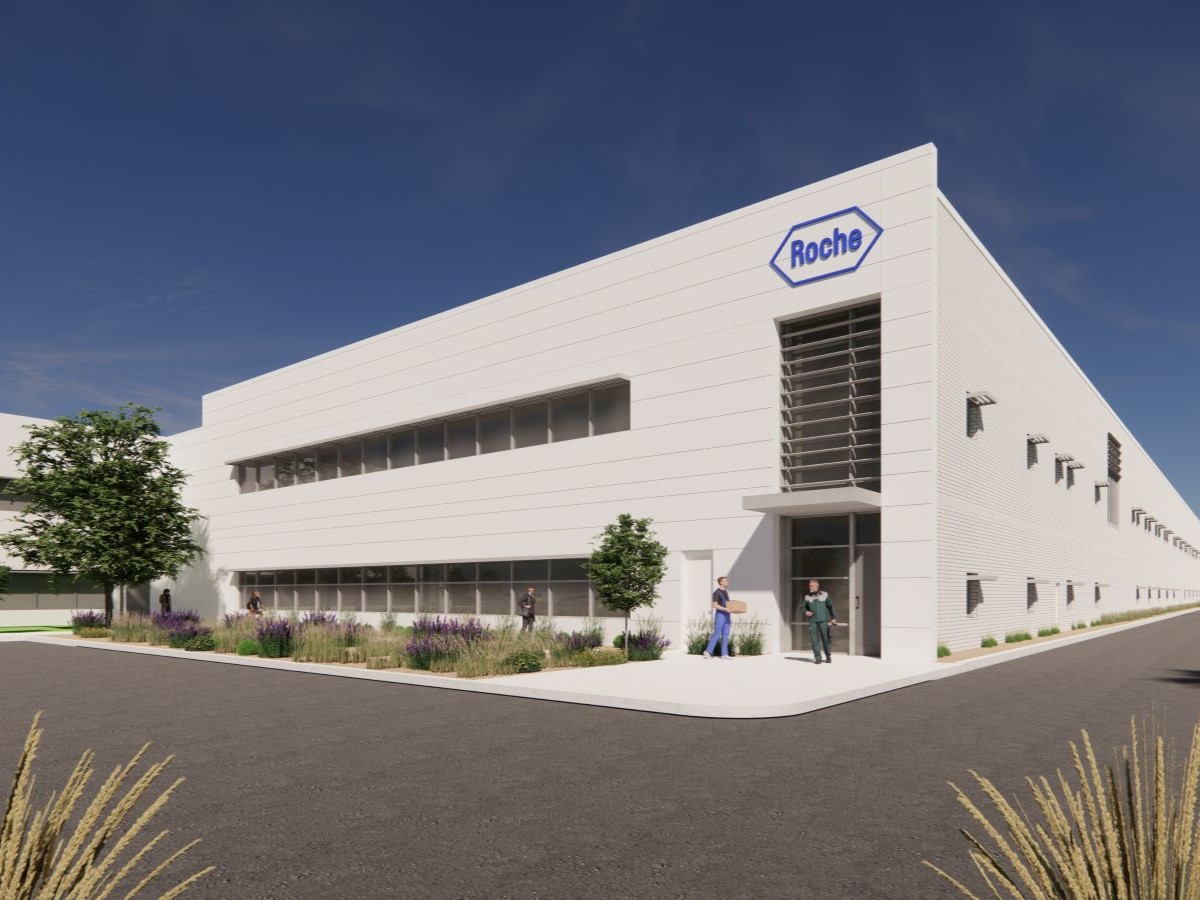The Overlooked Upside of Higher Interest Rates
CPE columnist Peter Linneman on why higher rates may be getting a bad rap.
As the pandemic raged in August 2020, the Federal Reserve signaled a major policy shift by changing its inflation target from a fixed rate of 2 percent to an “average” rate of 2 percent. This step was an acknowledgement of the challenging short-term economic conditions to come. Fast forward to year-over-year inflation (all goods) of over 8 percent in March, April, and May 2022. In response, the Fed has raised its key interest rate by 25 basis points, 50 bps, and 75 bps in March, May, and June 2022, respectively. All told, the Fed will probably raise rates by an additional 150 to 175 bps in 2022.
We support raising rates, not as a cure for inflation, but to more efficiently allocate capital. We long argued for the Fed to raise interest rates more aggressively during the Financial Crisis recovery, as somewhat higher rates better allocate capital and fuel growth, not dampen it. For this reason, we are not concerned that the Fed’s rate hikes will harm growth. Quite the opposite—up to a point. Higher rates cannot make up for supply shocks such as floods, hurricanes, wars, or shutdowns.
Many pundits warn of an economic meltdown as interest rates rise. But contrary to Keynesian theory, artificially low rates inhibit growth by misallocating capital. A major problem with low interest rates is that large borrowers, especially the U.S. government, experience little or no cost associated with spending the “free money.” The economic inefficiency of zero percent interest rates is underscored by the fact that robbing retirees of income on their lifetime savings cannot be a sensible economic policy, as robbery is a non-voluntary exchange. And giving free money to the 535 fiscally irresponsible members of Congress who determine the spending of the world’s largest borrower cannot be smart. If something that is not economically free is made free, it will be overused. This is not to say that higher interest rates will make Congress fiscally responsible, but it will help.
After the June rate increase, the Fed Funds target rate stood at 1.5 percent to 1.75 percent. The effective Fed Funds rate rose from 0.83 percent to 1.58 percent, while the Discount Rate and the 10-year and 30-year Treasury yields rose to 1.75 percent, 3.3 percent and 3.4 percent, respectively. Even if the Fed raises nominal short-term rates to 2.5 percent by the end of this year, the real short-term rate will still be negative, and growth will continue. Remember that the U.S. economy and your business did very well when rates were at these levels in 2019.
We suspect that further rate hikes this year are already priced into the market. As economy-wide supply and demand balance normalize, so too will interest rates. And since the economy’s resource allocation will improve as money is no longer free to borrowers, the economy will grow unless the Fed raises rates too high. We do not know exactly what this inflection point is, but we believe that it is well above current levels.
Dr. Peter Linneman is a Principal and Founder of Linneman Associates and Professor Emeritus at the Wharton School of Business, University of Pennsylvania. www.linnemanassociates.com
Follow Dr. Linneman on Twitter: @P_Linneman









You must be logged in to post a comment.